Ever noticed a fish in your aquarium swimming head down and tail up, and wondered if this odd angle was a stunt for attention or perhaps something more serious? You're not alone. This behavior could point to an intriguing condition known as swim bladder disease or, in some cases, be perfectly normal for certain species.

A Closer Look at Swim Bladder Issues
The swim bladder acts as a fish's personal floatation device, allowing it to maintain buoyancy and swim gracefully without any effort. If your fish is playing a disoriented version of vertical twister, it's often a sign of trouble with the swim bladder. Symptoms extend beyond vertical swimming; your fish might struggle to balance, be stuck to the bottom or top of the tank, or even exhibit a distended belly.
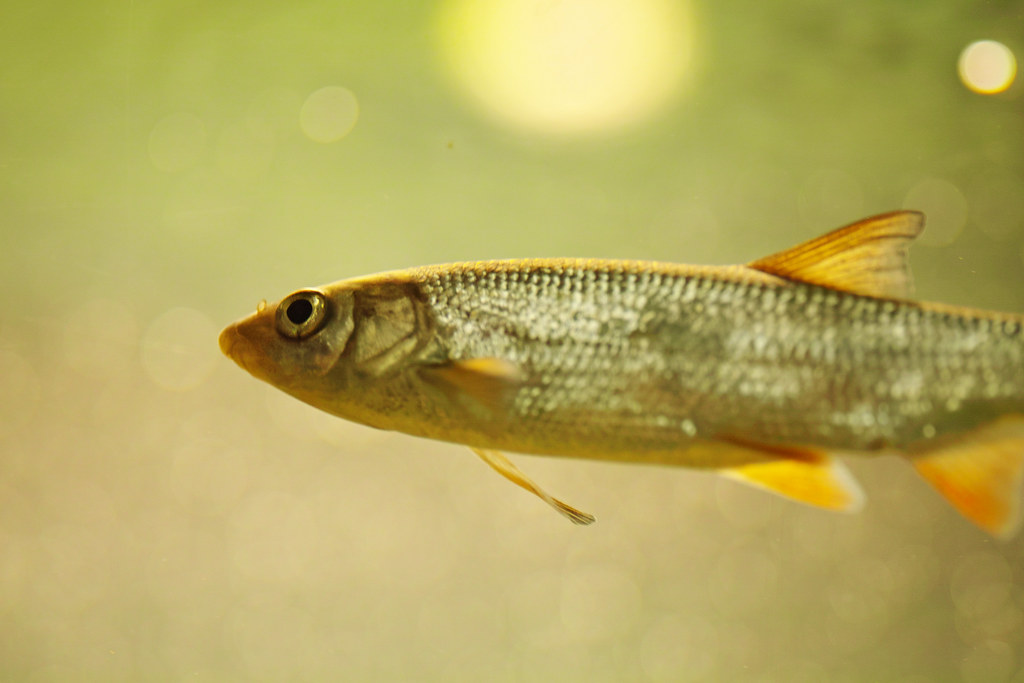
Here's a rundown of what might be to blame:
- Feeding Frenzy: Overeating or gulping down air while chomping up food can disrupt buoyancy.
- Temperature Trouble: Cold water can slow digestion, compounding the issue.
- Injury Prone: Fights, collisions, or poor introductions into a new tank can result in physical harm.
- Born This Way: Genetic anomalies can mean some fish are predisposed to swim bladder problems.
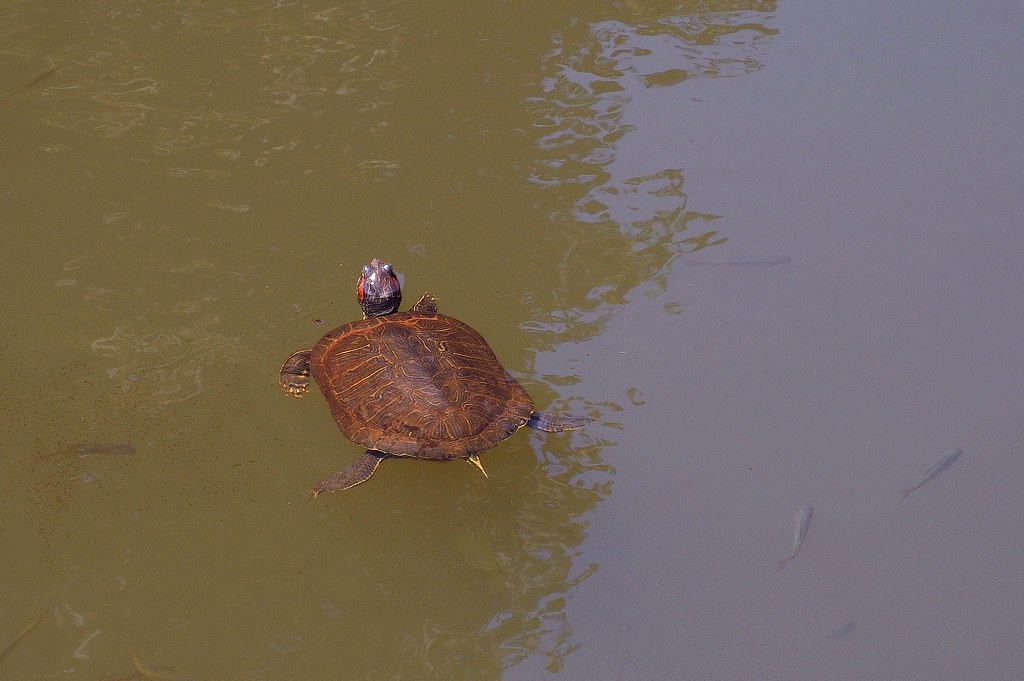
Separating Normal Behavior from Abnormal
While swim bladder issues are common, let's not jump the gun. Some fish species naturally adopt unique swimming angles as part of their routine. Consider these fantastic creatures:
- Headstanders: These tetras stand up for their belief that the best food is on the tank floor.
- Shrimp Fish: Close relatives of seahorses, they blend in vertically to avoid predators.
- Lion Fish: Masters of buoyancy manipulation, making odd swimming angles just another day in the tank.
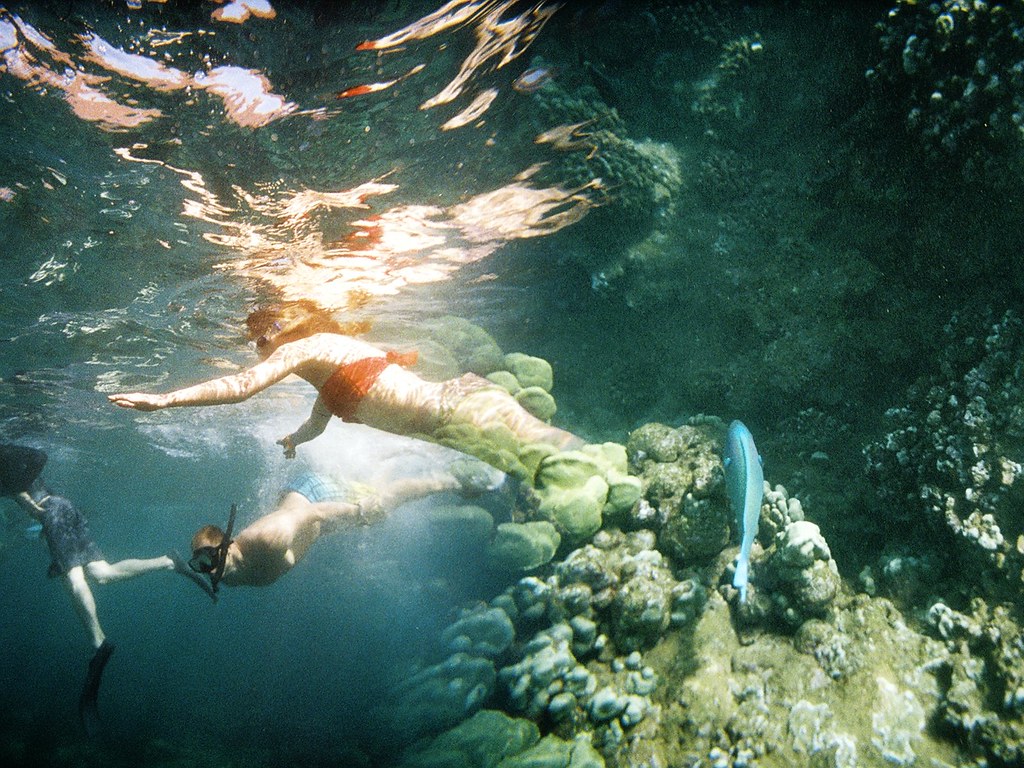
Potential Treatments and Tips
If you suspect a swim bladder issue is the culprit, here's what you can do to give your fish a helping fin:
- Feeding Fixes: Fast your fish for a bit to tackle digestive issues. Introduce lighter, fiber-rich food like cooked peas.
- Temperature Tweak: Slightly raising the tank's temperature can improve digestion and comfort.
- Medicinal Moves: Where bacterial infections are suspected, antibiotics might be necessary—best after consulting a vet. Learn more about identifying and preventing common illnesses in fish by visiting this comprehensive guide.

| Issue | Symptom | Treatment |
|---|---|---|
| Overfeeding | Swims awkwardly | Fast and feed peas |
| Cold Water | Sinks or floats uncontrollably | Increase temperature |
| Infection | Distended belly | Antibiotics |
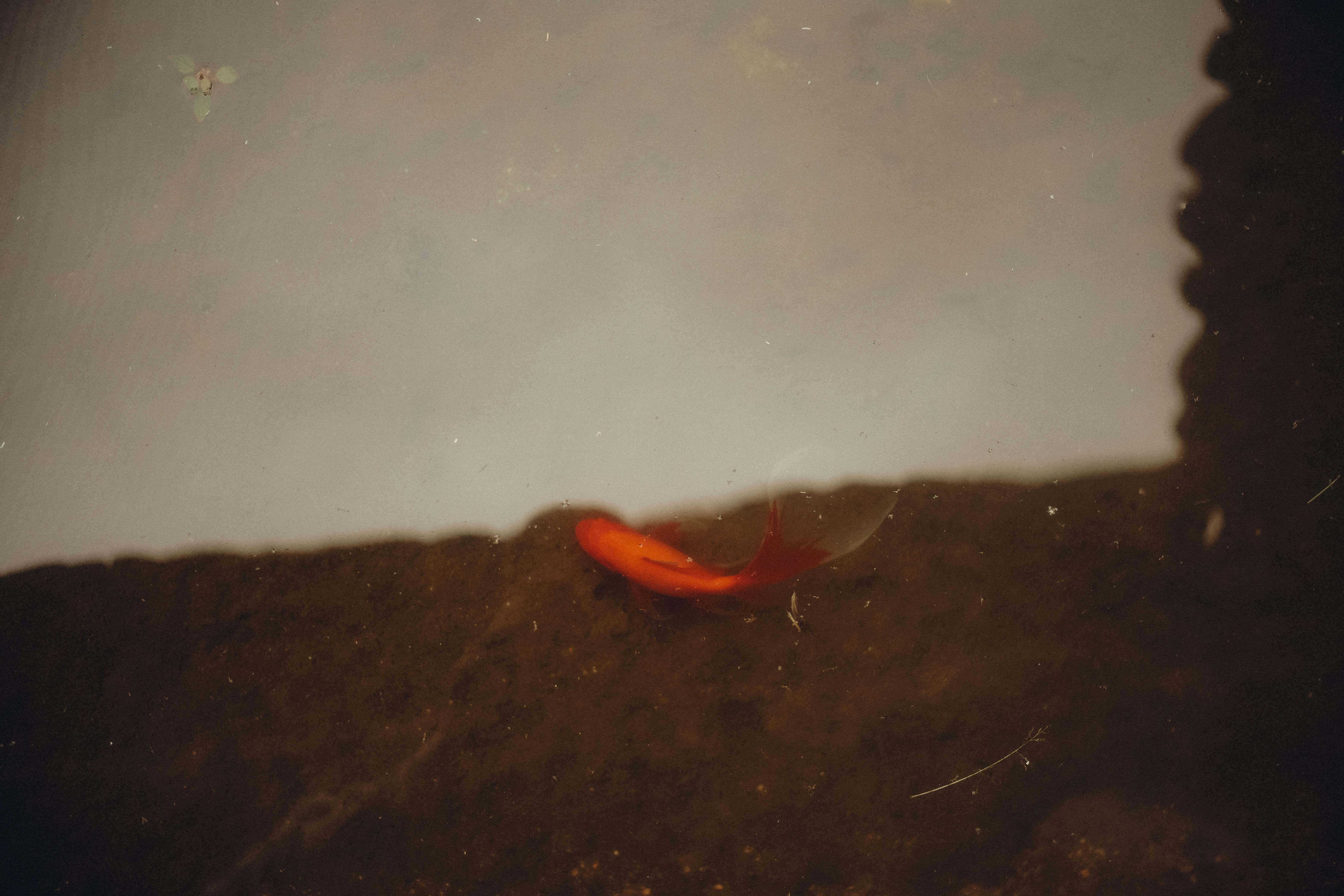
Preventing Future Problems
Prevention is often simpler than cure. Regular water changes, maintaining optimal water conditions, avoiding overfeeding, and ensuring a balanced diet are all critical. A little vigilance goes a long way in keeping your floating friends healthy.
Does your fish ever swim in an unexpected angle? Drop a comment and share your experiences or seek advice. Let's keep our aquatic friends well and swimming smoothly!
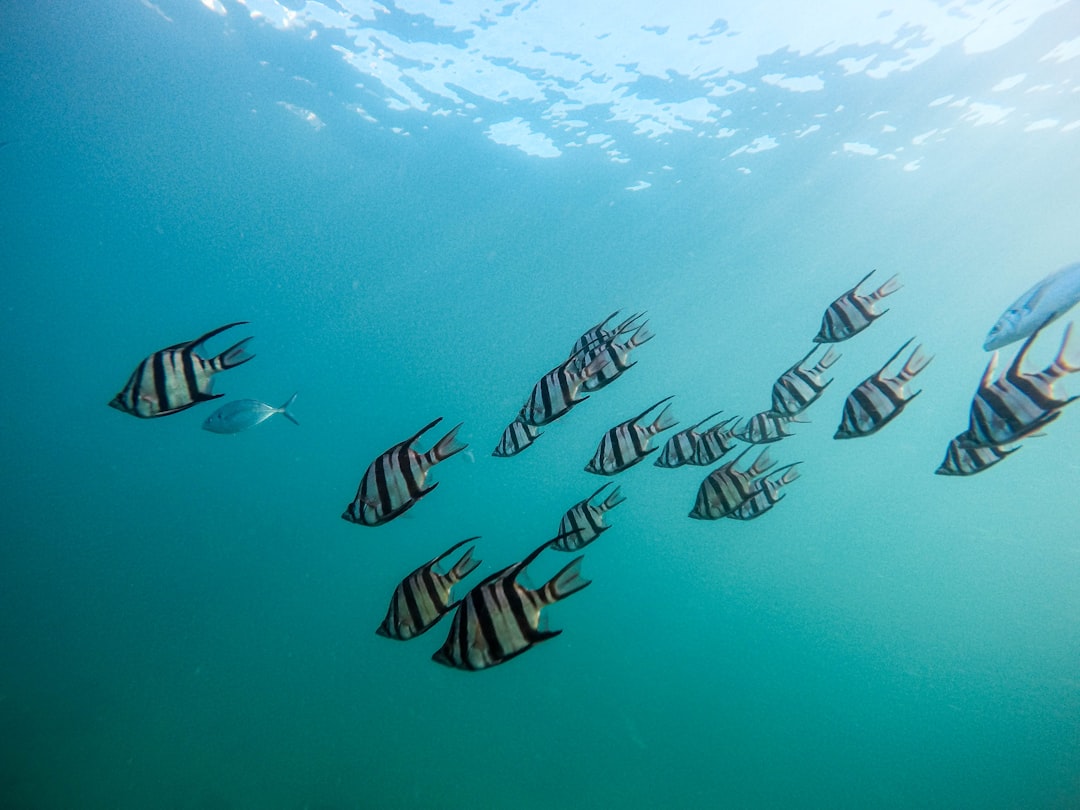
Frequently Asked Questions
Why is my fish swimming head down tail up?
This behavior is often a sign of swim bladder disease. The swim bladder is an essential organ that helps fish maintain their orientation in the water. When it doesn't function properly, the fish might swim at odd angles or even upside down. Poor water quality, injury, or overfeeding can lead to this condition.
What causes swim bladder disease in fish?
Swim bladder disease can be caused by several factors, including poor water quality, infections, digestive issues, or physical trauma. Overfeeding or consuming food that expands in the stomach is another common cause. Maintaining clean water and feeding the right amount of food to your fish can help prevent it.
How can I treat a fish with swim bladder disorder?
To treat swim bladder disorder, try fasting the affected fish for 24-48 hours, then feed a peeled, cooked pea to help clear digestive blockages. Ensure the tank has good water quality and consider isolating the fish to prevent stress. If the condition persists, consult a vet or aquarium specialist.
Can poor water quality cause swim bladder disease?
Yes, poor water quality can stress fish and lead to swim bladder disease. High levels of ammonia, nitrites, or an unbalanced pH level can negatively affect your fish's health. Regular water changes, proper filtration, and testing the water parameters are crucial to preventing this issue.
How do I prevent swim bladder problems in my fish?
Prevent swim bladder problems by feeding your fish high-quality food in small quantities and avoiding overfeeding. Maintain excellent water quality in the aquarium through regular testing, cleaning, and water changes. Additionally, ensure your fish’s diet includes variety and is suited to their species.
Wrapping up, fish swimming head down and tail up can certainly catch our attention, but it's essential to understand the implications of this curious behavior. Whether it's due to swim bladder issues or just typical for their species, learning more about our aquatic friends can deepen our appreciation and care for them. If you’re passionate about diving into more fishy tales or aquatic care tips, why not follow us on Pinterest for a visual dive into the world of pet fish and plants? We also share captivating aquatic architecture and updates on our Instagram and have an active conversation going on over at X. For a more communal experience, join us on Facebook where fellow enthusiasts share their own experiences and tips. Let's keep the conversation swimming along, one fascinating fact at a time!
